Table of Contents
Introduction to Essential Condiments and Spices
Condiments and spices are the unsung heroes of the kitchen. They add depth, flavor, and personality to every dish. Whether you're a professional chef or just starting out in the culinary world, understanding the difference between condiments and spices is essential. This article will guide you through the essential condiments and spices, explaining their uses, benefits, and how to choose the right ones for your cooking needs.
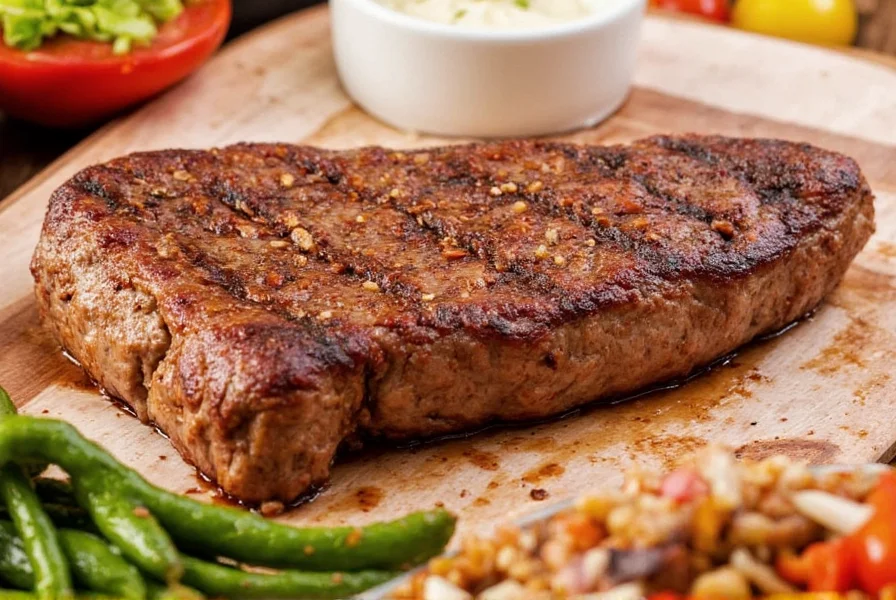
The Basics of Spices and Condiments
Before diving into the essential condiments and spices, it's important to understand what they are. Spices are typically derived from plant parts like seeds, bark, roots, or leaves, while condiments are usually used to enhance the taste of a dish after it has been cooked. Some ingredients can fall into both categories, such as chili sauce or mustard.
Here's a quick breakdown:
- Spices: Cumin, coriander, turmeric, cinnamon, etc.
- Condiments: Ketchup, mayonnaise, soy sauce, vinegar, etc.

Essential Condiments for Every Kitchen
Condiments are often the final touch that makes a meal unforgettable. Here are the essential condiments every kitchen should have:
- Ketchup: A classic American favorite, great with fries, burgers, and grilled meats.
- Mustard: Available in yellow, Dijon, and whole grain varieties, it pairs well with sandwiches and sausages.
- Soy Sauce: A staple in Asian cuisine, perfect for stir-fries, marinades, and dipping sauces.
- Mayonnaise: Adds creaminess to salads, sandwiches, and dips.
- Vinegar: Balsamic, apple cider, or white vinegar—each brings its own unique flavor profile.
- Relish: A tangy condiment made from chopped vegetables, ideal for hot dogs and burgers.
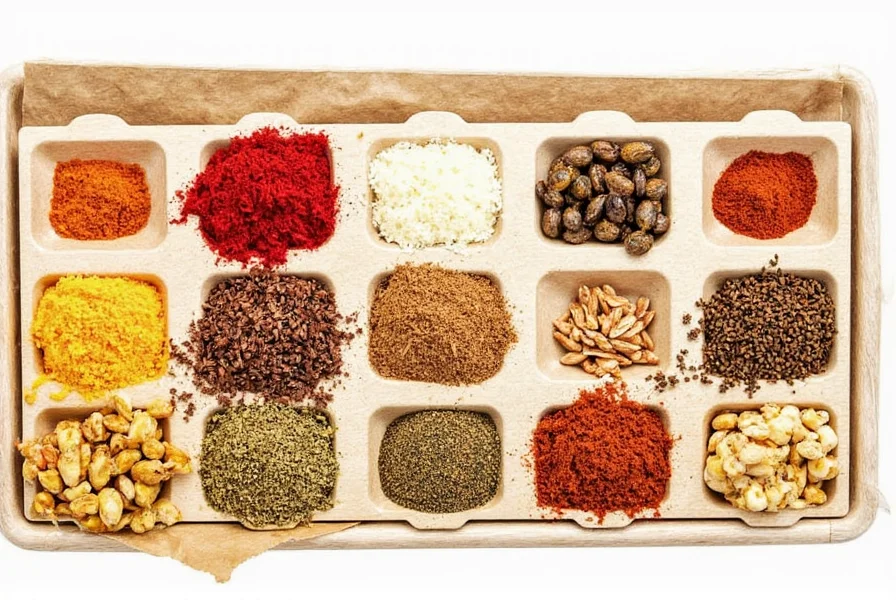
Core Spices That Elevate Any Dish
Spices are the secret ingredient in many recipes. From the warmth of cumin to the heat of cayenne, here are the core spices every cook should have:
- Cumin: Used in Mexican, Indian, and Middle Eastern dishes for its earthy flavor.
- Coriander: Has a citrusy, slightly sweet taste, commonly found in curries and spice blends.
- Turmeric: Adds color and a mild, bitter flavor; known for its health benefits.
- Cinnamon: A sweet spice used in both baking and savory dishes.
- Garlic Powder: A convenient alternative to fresh garlic, used in seasoning blends and soups.
- Black Pepper: One of the most common spices, used to enhance the flavor of almost any dish.
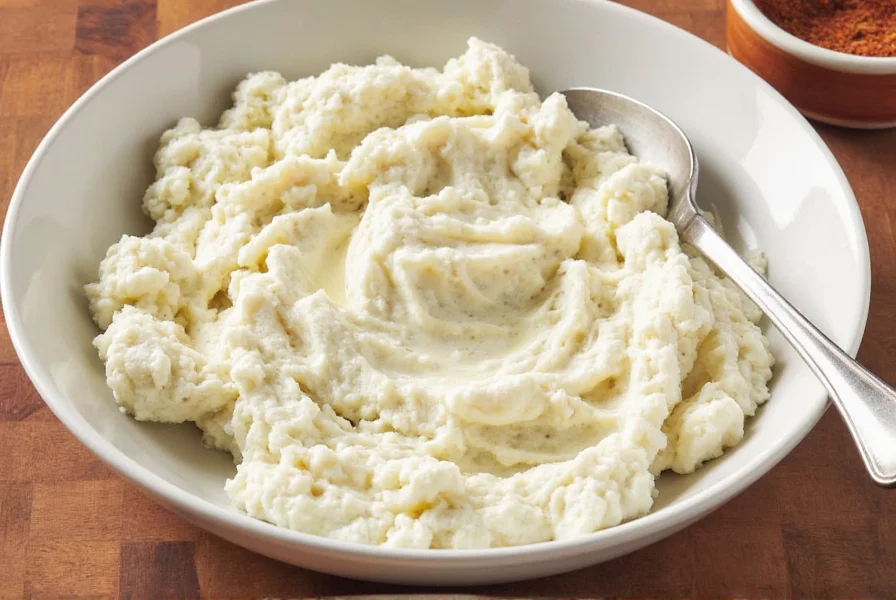
The Ultimate Buying Guide for Spices and Condiments
When it comes to buying spices and condiments, quality matters. Here's a detailed guide to help you choose the best products:
| Spice | Features | Best For | Target Audience | Occasions |
|---|---|---|---|---|
| Cumin | Earthy, warm, and aromatic | Mexican, Indian, and Middle Eastern cuisines | Cooking enthusiasts and home chefs | Dinner parties, family meals |
| Coriander | Citrusy, slightly sweet | Curries, stews, and spice blends | Indian and Mediterranean cuisine lovers | Festive dinners, special occasions |
| Turmeric | Warm, slightly bitter, and vibrant | Curries, rice dishes, and health-focused meals | Health-conscious individuals | Breakfasts, lunches, and snacks |
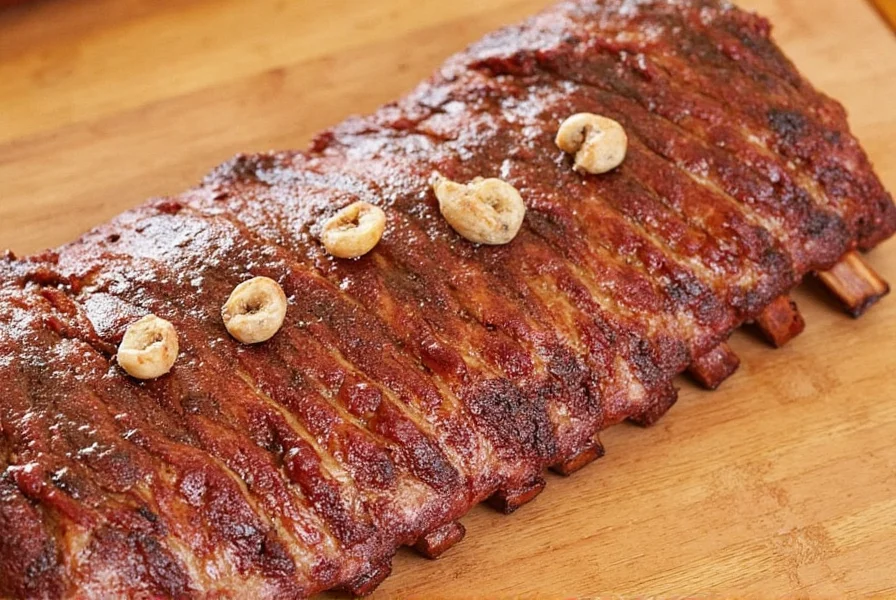
| Condiment | Features | Best For | Target Audience | Occasions |
|---|---|---|---|---|
| Ketchup | Tomato-based, sweet and tangy | Fast food, burgers, and fries | Family diners and casual eaters | Picnics, backyard barbecues |
| Mustard | Spicy, tangy, and zesty | Sandwiches, sausages, and hot dogs | BBQ lovers and sandwich enthusiasts | Barbecues, potlucks |
| Soy Sauce | Salty, umami-rich, and savory | Asian cuisine, sushi, and stir-fries | Asian food lovers and global cuisine enthusiasts | Dinner parties, cultural events |
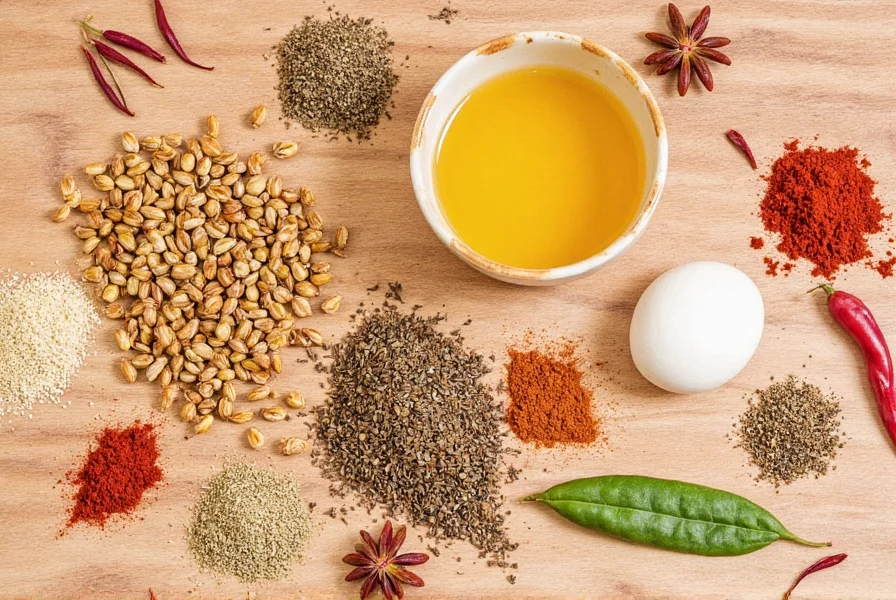
Practical Tips for Using Spices and Condiments
Now that you have the essential condiments and spices, here are some practical tips to help you make the most of them:
- Use Fresh Spices: Ground spices lose potency over time. Store them in airtight containers away from heat and light.
- Experiment with Combinations: Don't be afraid to mix different spices for unique flavors. Try cumin and coriander together in a curry base.
- Balance Flavors: Use condiments to balance strong spices. A splash of vinegar can cut through the richness of a dish.
- Try Homemade Versions: Making your own condiments, like ketchup or mustard, allows you to control the flavor and ingredients.
- Store Properly: Keep condiments in the refrigerator once opened to maintain freshness and safety.
Frequently Asked Questions
What's the main difference between condiments and spices?
Spices are typically derived from plant parts like seeds, bark, roots, or leaves and are used during cooking to build flavor. Condiments are usually prepared sauces or mixtures added after cooking or at the table to enhance the finished dish. While spices form the foundation of flavor in cooking, condiments provide the finishing touch.
How long do spices stay fresh and flavorful?
Whole spices can stay fresh for 3-4 years when stored properly in airtight containers away from light and heat. Ground spices lose potency faster, typically maintaining their best flavor for 1-2 years. You can test if your spices are still good by smelling them - if the aroma is weak or nonexistent, it's time to replace them.
What are the five essential condiments every kitchen should have?
The five essential condiments for most home kitchens are: soy sauce (for umami and saltiness), olive oil (for cooking and dressings), vinegar (apple cider or white for acidity), mustard (for sandwiches and dressings), and hot sauce (for adding heat). These five cover the basic flavor elements needed to enhance most dishes.
Which spices should beginners start with?
Beginners should start with these versatile spices: salt (the most important flavor enhancer), black pepper (adds subtle heat), garlic powder (for savory depth), cumin (earthy flavor for many cuisines), and paprika (adds color and mild flavor). These form a solid foundation that works across multiple cuisines and can be expanded upon as your cooking skills develop.
How should I properly store spices to maintain their flavor?
Store spices in airtight containers away from direct light, heat, and moisture. A dark cabinet away from your stove or oven is ideal. Avoid storing spices above the stove where heat and steam can degrade them. Whole spices last longer than ground ones, so consider buying whole spices and grinding them as needed for maximum freshness.
Can I substitute dried herbs for fresh ones in recipes?
Yes, but with an important ratio: use one-third the amount of dried herbs compared to fresh. This is because dried herbs are more concentrated. For example, if a recipe calls for 1 tablespoon of fresh herbs, use 1 teaspoon of dried herbs instead. Dried herbs are best added early in cooking to allow time for rehydration, while fresh herbs are usually added at the end for maximum flavor.
Conclusion
From the essential condiments and spices to the practical tips for using them, this guide aims to empower your cooking journey. Whether you're a seasoned pro or a curious beginner, understanding the role of these essential ingredients can transform your meals. So next time you step into the kitchen, remember that the right combination of spices and condiments can turn a simple dish into something truly spectacular.
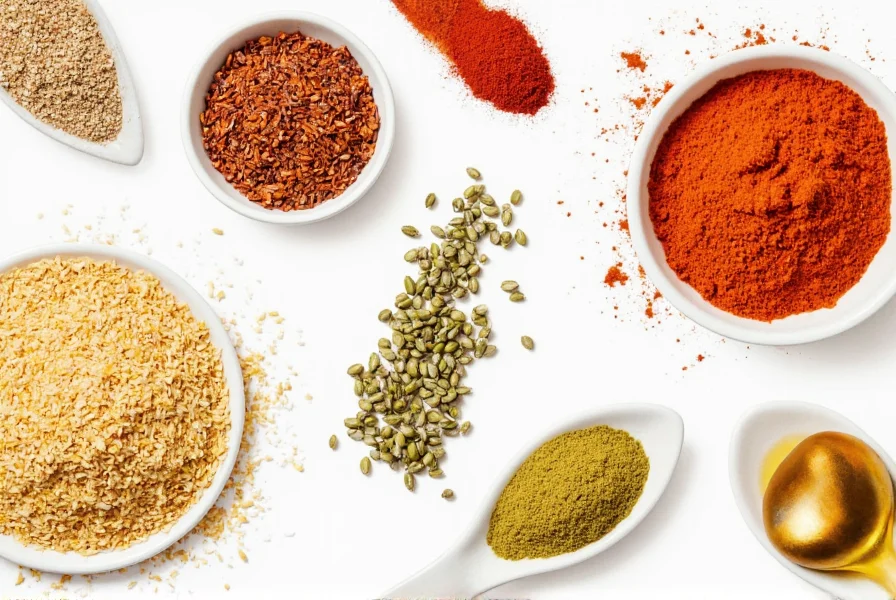










 浙公网安备
33010002000092号
浙公网安备
33010002000092号 浙B2-20120091-4
浙B2-20120091-4